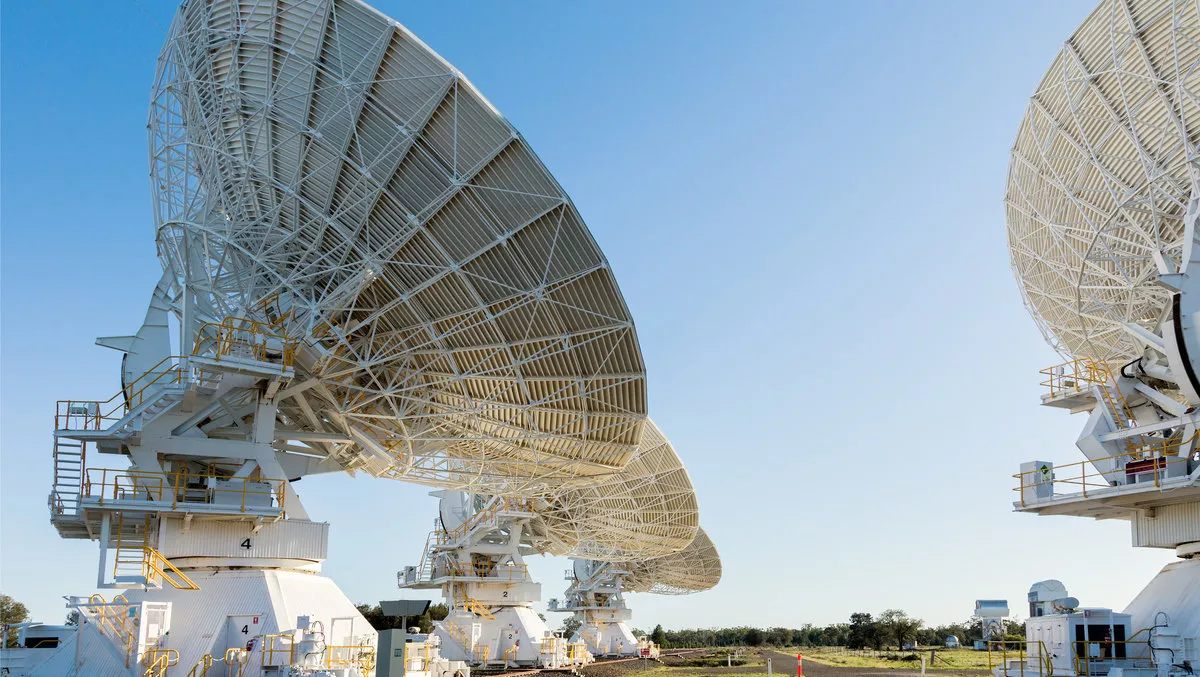
AWS announces the general availability of AWS Ground Station
Amazon Web Services (AWS) announced the general availability of AWS Ground Station, a new service that supposedly makes it easy and cost-effective for customers to control satellites from AWS and download data from satellites into AWS Global Infrastructure Regions using a fully managed network of ground station antennas located around the world.
Once customers upload satellite commands and data through AWS Ground Station, they can supposedly download large amounts of data over the high-speed AWS Ground Station network, immediately process it in an Amazon Elastic Compute Cloud (Amazon EC2) instance, store it in
Amazon Simple Storage Service (Amazon S3), apply AWS analytics and machine learning services to gain insights and use Amazon's network to move the data to other regions and processing facilities. Getting started with AWS Ground Station takes just a few clicks in the AWS Management Console to schedule antenna access time and launch an Amazon EC2 instance to communicate with the satellite.
There are no up-front payments or long-term commitments, no ground infrastructure to build or manage, and customers pay-by-the-minute for antenna access time used.
Satellites are being used by more and more businesses, universities, and governments for a variety of applications, including weather forecasting, surface imaging, and communications. To do this today, customers must build or lease ground antennas to communicate with the satellites.
This is a significant undertaking and cost because customers often require antennas in multiple countries to download data when and where they need it without waiting for the satellite to pass over the desired location.
And the antennas are just the beginning of the infrastructure requirements because customers need servers, storage, and networking in close proximity to the antenna to process, store, and transport the data from the satellite. And then customers must build business rules and workflows to organise, structure, and route the data to employees or customers before it can be used to deliver value.
This requires significant capital investments and operational costs to build, manage, and securely maintain antennas, compute infrastructure, and business logic at each antenna location. AWS Ground Station allows customers to more easily and cost-effectively control satellite operations, ingest satellite data, and integrate the data with applications and other cloud services running in AWS.
Using AWS Ground Station, customers can supposedly save up to 80 per cent of their ground station costs by paying for antenna access time on demand, and they can rely on AWS Ground Station's growing global footprint of ground stations to downlink data when and where they need it.
These ground stations are also located in close proximity to AWS Regions around the world, so customers can store, process, and analyse the data locally, rapidly gain insights, and then quickly take action.
The recency of data is particularly critical when it comes to tracking and acting upon fast-moving conditions on the ground. This timeliness depends on frequent communications between ground stations and satellites, which can only be achieved with a large, global footprint of antennas maintaining frequent contact with orbiting satellites. For example, as fast-moving environmental, geopolitical, or news events unfold on the ground, AWS Ground Station customers can downlink current data to any of the AWS ground stations around the world.
Customers can get timely data sooner, rapidly experiment with new applications, and deliver products to market faster without buying, leasing, or maintaining complex and expensive antennas and infrastructure.
AWS Ground Station's self-service graphical interface supposedly makes it easy to identify downlink opportunities, communications windows, and schedule antenna time. This aims to enable customers to review confirmed times in the console and cancel or reschedule prior to the scheduled contact time. Because AWS Ground Station antennas are located in close proximity to AWS Regions, customers have low-latency, local access to other AWS services to process and store data.

